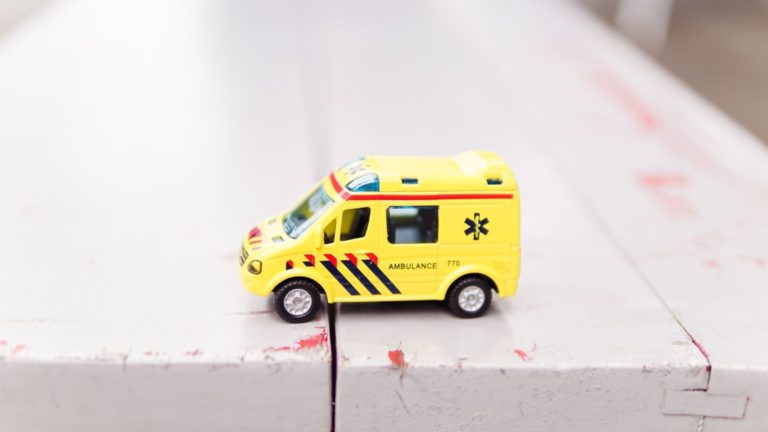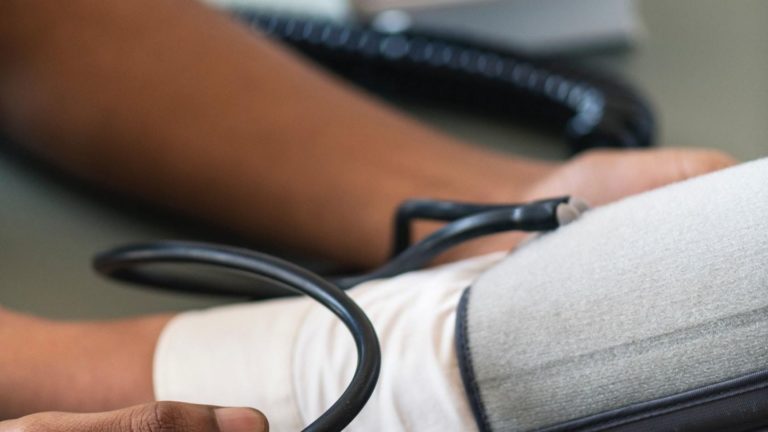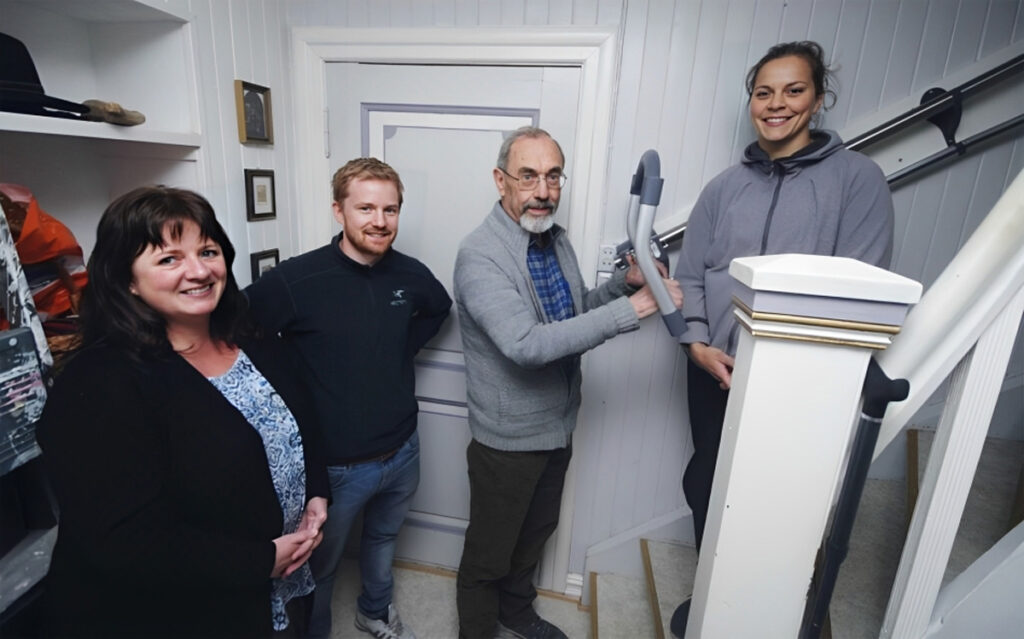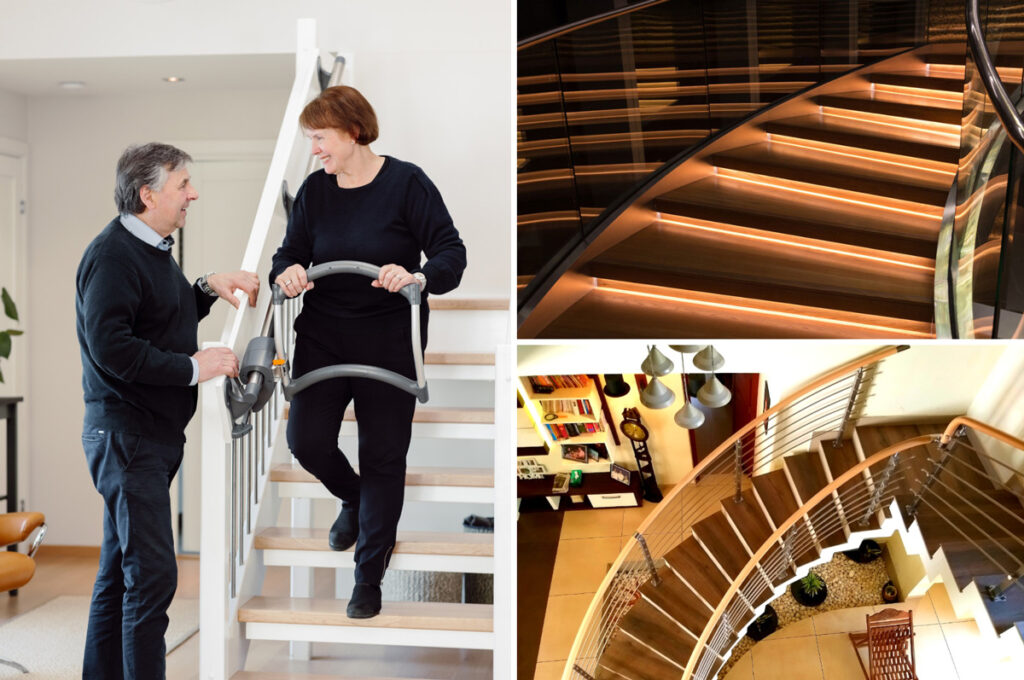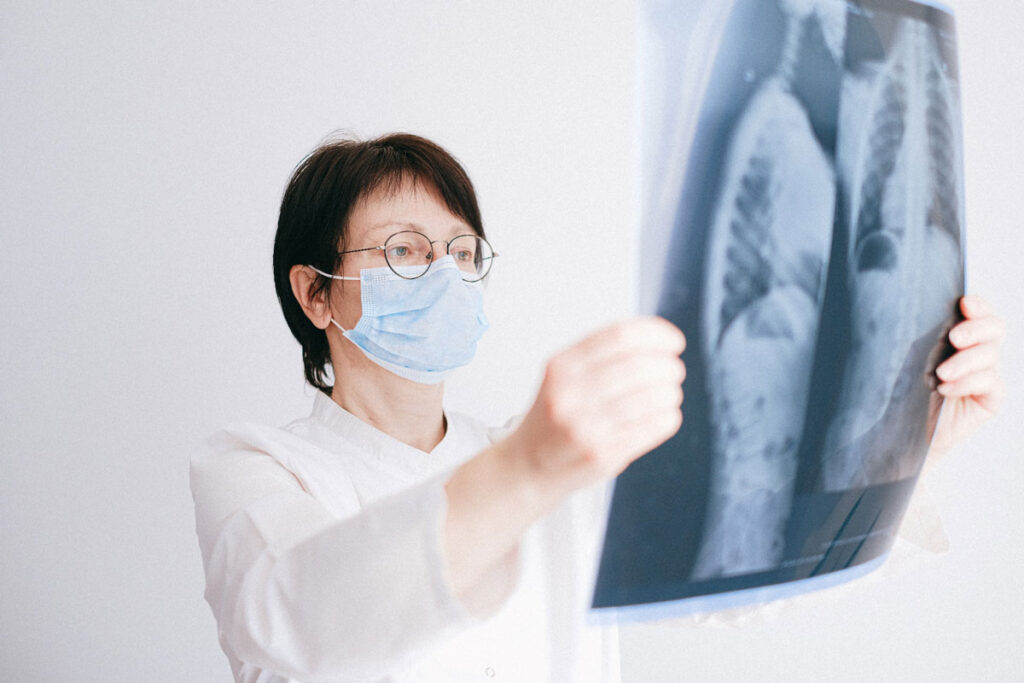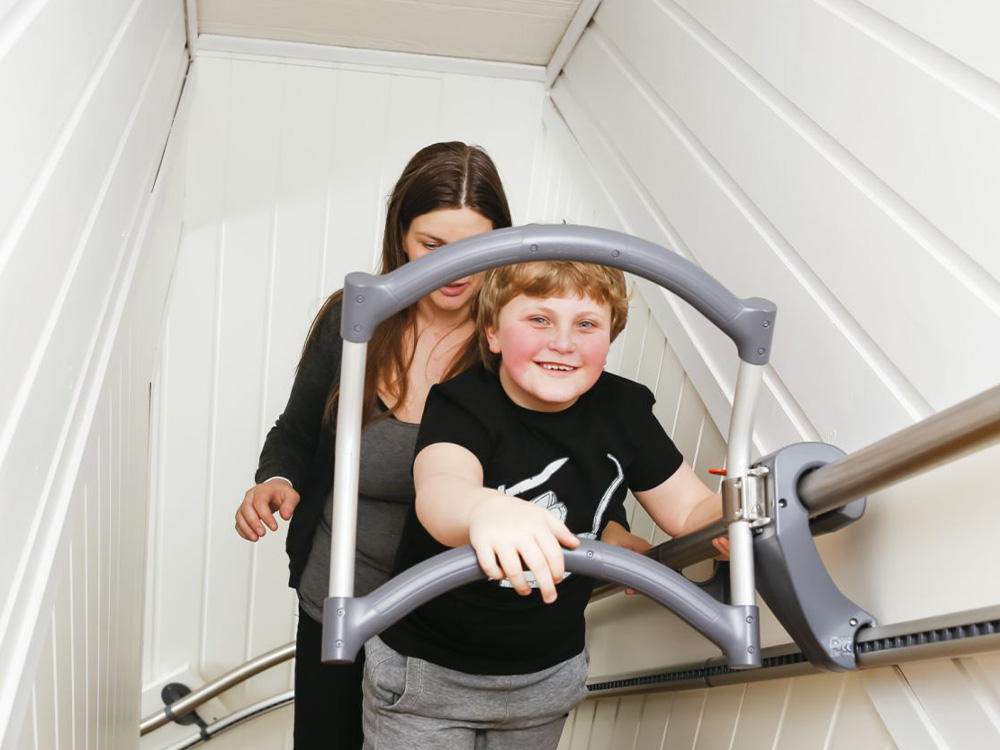
Stair climber: Climbing the stairs on your own
With the help of the TOPRO Step stair climber, he can now go up and down the stairs on his own. Previously, Peder (8) had to crawl up the stairs and could only go up and down the stairs to his nursery at home with the help of his parents.

